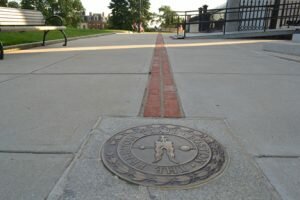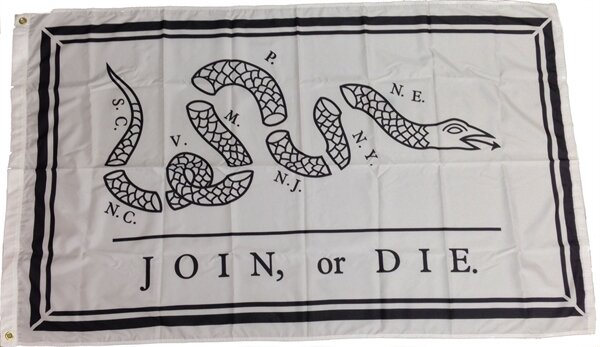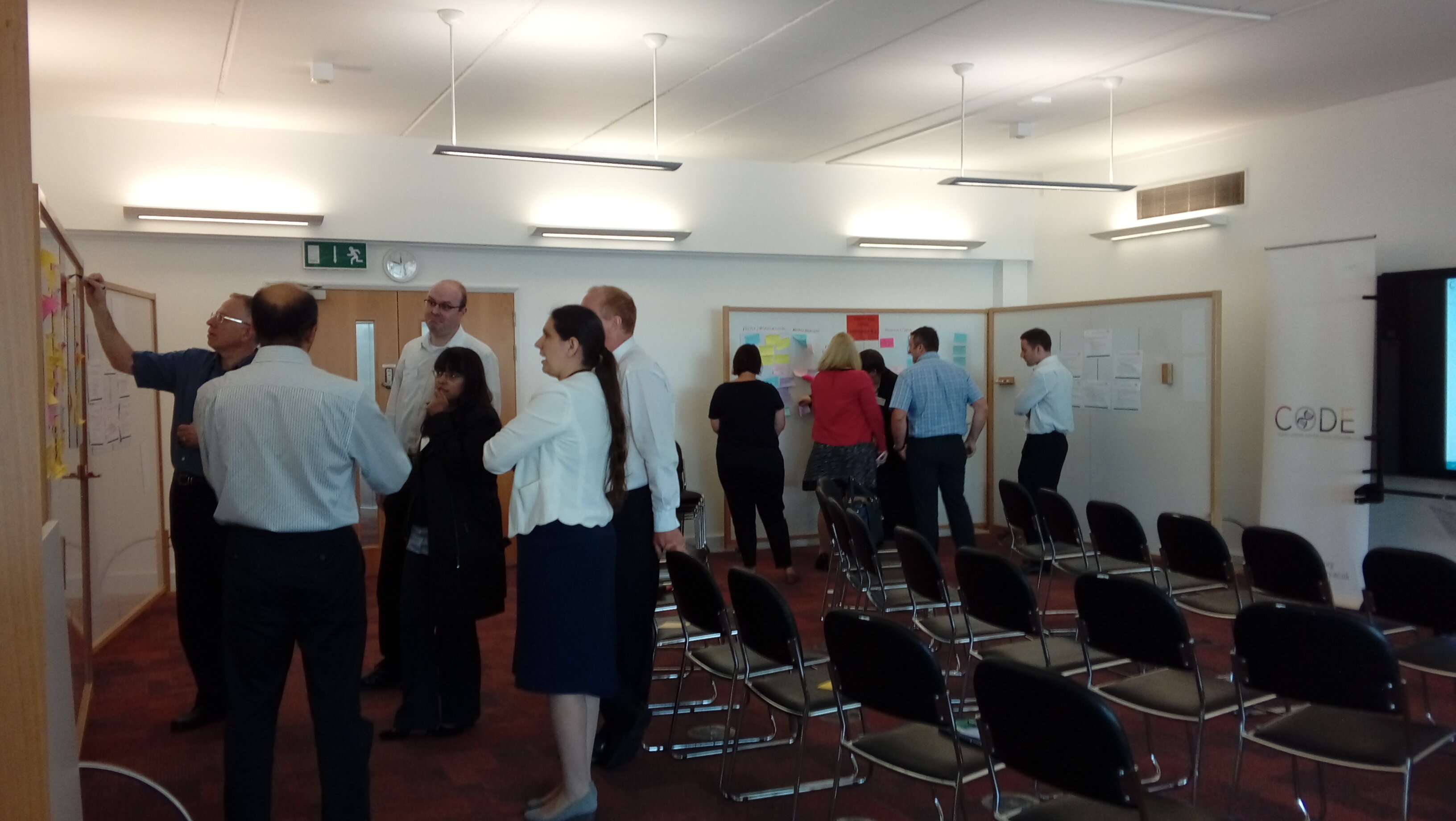A (long) while ago there was a series of cartoons in the now defunct Punch magazine. In one, we see a confused Stone Age man staring at an inexplicable object in his path. His first question to the man facing him is: “What is this prickly wire-and-air barrier?” In the next panel we get his second question: “What the hell’s a ‘farmer’?”
The may have been ‘won’ by the innovative technologies of barbed wire and the six gun — ways of enclosing, and of enforcing the rules of the enclosure — but won from whom, and for whom? Freedom and interconnectivity are curtailed for the Stone Age man, but the farmer gets the boundaries that protect his interests. One man’s revolt, after all, is another man’s revolution – and the lines that connect can also exclude, depending on where you are standing.
After a year of working in the blockchain ‘bubble’ in Europe (and going around in circles, if I’m honest), meeting the practitioners and academics in both the US and Canada recently has rekindled my enthusiasm. Their excitement is infectious and they clearly believe that blockchains and distributed ledgers are genuinely new and innovative, and a force for revolutionary good. For them it is not a case of how and why, but when and where; not whence but whither.
Lines and boundaries are becoming an apt theme for discussions around this topic. In an earlier blog, I wrote about the pavement lines marking out the route of the wall enclosing the Warsaw ghetto. I just saw a very similar set of markings in the pavement in Boston, Massachusetts, but these lines mark a walking route through some of the sites of revolutionary Boston known as the “Freedom Trail”. Lines that enclose are often juxtaposed with lines that connect; lines that imprison with those that demarcate ‘freedom’.

Lines, boundaries and Empire
Speaking of cartoons, I was drawn to the snake picture by Benjamin Franklin on display in Boston, clearly an early version of “stronger together” in the face of an enemy who may be planning to retain and/or expand his empire. The debate about the right size of the boundary becomes another compelling question, once you accept that boundaries are needed.
Only a day earlier I was in Manhattan, which history tells us was acquired from its native inhabitants for a few beads by the new “owners”, who had a completely different view of property rights and what land was for, imported along with a different view of freedom, and who it derived from. When the interests and beliefs of the parties on either side of a boundary are so dissimilar, or varied, or in essential conflict, can one boundary ever serve both factions adequately?
Simon Schama, in his magisterial history of Britain (and by extension of damn near everywhere else), argues that Britain ended up with the “wrong sort” of Empire. The intention was of a maritime empire connecting interested parties, with the merchant fleet acting as a sort of floating “platform” business model, protected by the Navy. Instead, partly due to corporate greed and overreach, Britain ended up with a land-based Roman-style empire, whose population at least served as “captive markets” for the products of successive industrial revolutions. The fluid boundaries of the putative maritime empire became rigid and solid land boundaries, which could not be withdrawn or extended with each trade relationship, and which required strict governance and regulation to keep them in place.
So, we have established that lines – sometimes the self-same lines – can both connect and divide, but in the circular ‘idea economy’ both types of lines act as a container, keeping out new thoughts and new things: effectively a recycling of old ideas. We may need to reconsider the merits of the linear economy when it comes to ideas and innovation, and ‘dispose of’ the outdated, worn out, and irrelevant when its use has passed.
Some of our earlier research has demonstrated that the possibilities brought about by permissionless innovation quickly led to new ways of thinking and exploring and to novel opportunities in a disrupted future. Can blockchain and DLT be a breakout from lines that contain and constrain? The Americans differed on how quickly this might happen, and whether it would be primarily financial services or supply chain based, but all of them agreed that it would happen; and that it was akin to the start of the internet age, once the Web became established, and swept us all away. If that worries you, then it may be time to get a better grip on the nearest barbed wire.






